
|
| Accept Cookies | Customize | Refuse Cookies |
Leopoldo Lusa www.juzaphoto.com/p/LeopoldoLusa  |
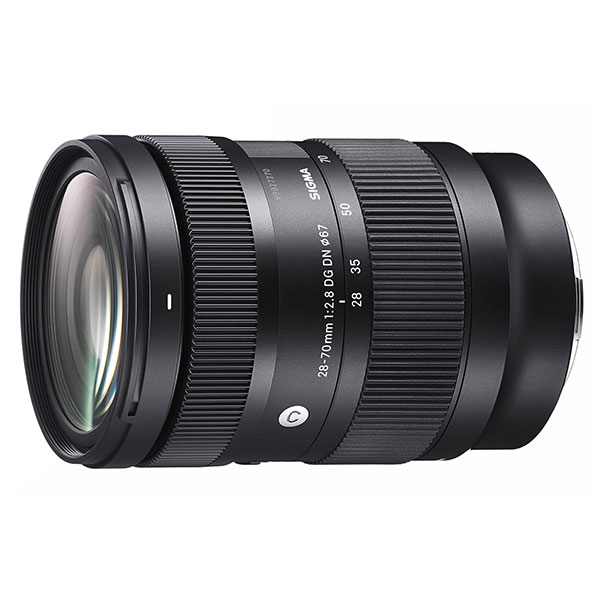 | Sigma 28-70mm f/2.8 DG DN C Pros: Compactness, lightness, build quality, optical quality at normal focusing distances, constant aperture at f 2.8 Cons: Optical quality at minimum distances Opinion: It is an excellent all-rounder lens that sacrifices the lower focal length to achieve compactness and lightness, without sacrificing the build and optical quality. 28 mm is not the maximum for a wide angle, it is a bit the minimum union, but in most situations it is enough. Personally if I move with the complete kit I also have in my bag a fixed 21 mm f2.8 if just 28 are not enough for me. In any case, the coupling weighs less than a 24-70 f2.8. The optical quality expires significantly if the minimum focusing distance is to be used, especially at 28 mm at open apertures. But it is not a macro lens and it can be there. As for the hood, I too at the beginning had difficulty in diseading, but then I learned to hold it only in correspondence to the short petals and it comes away that it is a pleasure. The excursion in length is very small, which I very much like. The focus and focal variation rings are in the right place, at least for me, and are of remarkable fluidity and precision. There is the manual focus on/off button, very useful for me. To recommend. sent on September 23, 2021 |
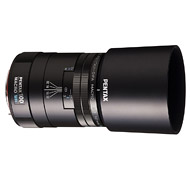 | Pentax SMC D-FA 100mm f/2.8 Macro WR Pros: Sharpness, color rendering, bokeh, build quality. Cons: Slow autofocus Opinion: Macro objective "all round", with a construction quality perceptible in every detail. The diaphragm in my specimen at one point closed with some delay compared to the shot, so it gave, to the most closed diaphragms, an overexposure. Having the slats cleaned back to work properly even though, in my opinion and perhaps in my specimen, the diaphragm recall spring is a little weak. The optical performance is excellent, the autofocus "frullino" you know is a bit slow, but in macros it can be seen as a venial sin. I use it with satisfaction on both pentax k5 and Sony a7r2 and a6000. On the latter, not having the ring of the diaphragm, I found a craft ring that allows it to be closed manually jerky, even if it lacks the indication of the exact diaphragm. Ah, I forgot: the mechanical focus that it possesses, unlike the electro-designed ones, in macros is very welcome. sent on April 20, 2021 |
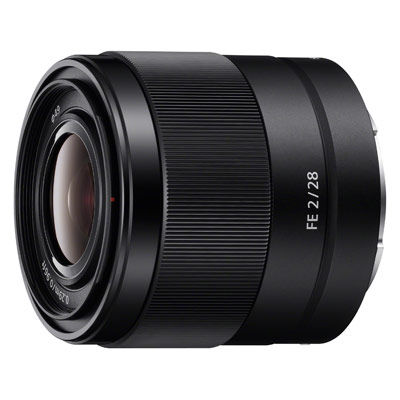 | Sony FE 28mm f/2 Pros: Optical and constructive quality. Value for money. Cons: Perhaps the painting too delicate and the quality of the lampshed. Opinion: A relatively economical goal, but entirely in metal and with an excellent yield in color and sharpness. Not for nothing do I think it has been pointed out by dpreview as one of the best value for money goals for Sony. The 28 mm is a classic focal point and those who are so many years old on their shoulders, like me, will remember that the three focal points to have in the bag were precisely the 28, the 50 and the 135. Back then there were no all-rounder zooms or in any case their quality was significantly lower than the fixed. Definitely to have in place. sent on April 20, 2021 |
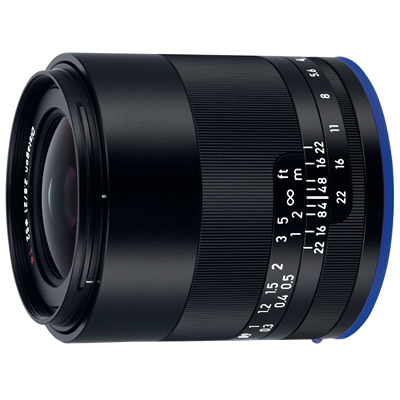 | Zeiss Loxia 21mm f/2.8 Pros: Construction quality and robustness. compactness. Sharpness and color rendering. Cons: Focus sometimes a little critical Opinion: Excellent objective, it manifests in detail the quality and construction care used. Clarity and rendering of superlative colors. Manual focus can be critical, even with the magnification of the electronic viewfinder, but you make your hand with use. You don't have to trust the focus field too much because the rendering of the details is sharp and at the magnification of the image they can turn out to be light out of focus at the ends of the field. The iris ring is decryptable for movie use, but in photo mode I would have preferred more decisive and less soft shots. If we want to find a defect, when it engages on the machine, with mounted lampshon, you can get taken on the latter to rotate, but to disengage the lens there is not a part that does not rotate and you have to get to the end of the stroke of the focus ring or the diaphragm to succeed. sent on April 20, 2021 |
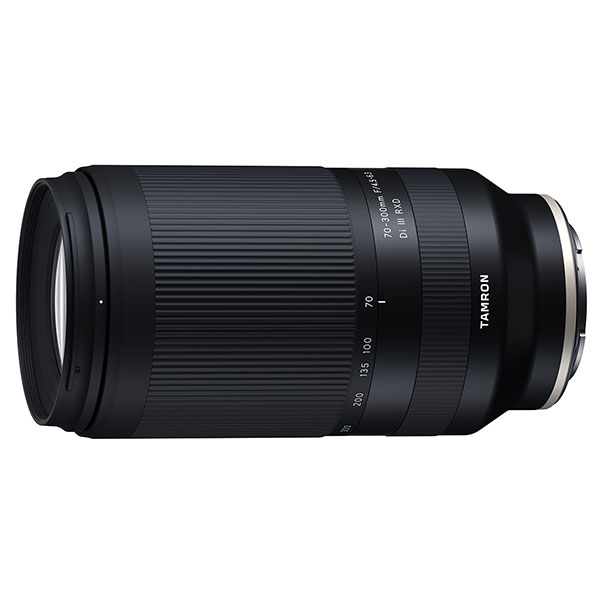 | Tamron 70-300mm f/4.5-6.3 Di III RXD Pros: Compactness and lightness. Value for money Cons: Low brightness. No stabilization. Opinion: It is a good goal, well designed and realized, despite the use of plastic material. The low brightness and the absence of stabilization are the prices to pay to have a compact and light goal. It already has excellent full-aperture performance, so an f/6.3 at 300 mm allows good shots in most light conditions. I use it with Sony a7r2 and a6000. With the stabilized sensor does not make you feel the lack of stabilization. Good autofocus speed. Slight loss of sharpness at the edges at the extreme focal points. If you want a pushed zoom, light and versatile, it is a good solution. sent on April 20, 2021 |
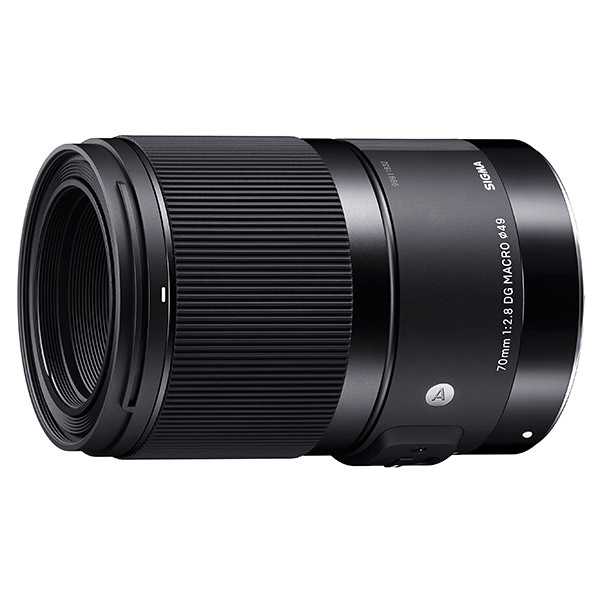 | Sigma 70mm f/2.8 DG Macro Art Pros: Optical quality, definition and color rendering, robust construction, excellent finishes Cons: Autofocus sometimes a little slow, weight and footprint not indifferent Opinion: It is an excellent goal, sharp in detail and with a very good bokeh. Combined with high-performance full frame sensors with results that have nothing to envy to more embodying optics. On aps c you get a 105 mm focus, which is great for macros. The 70 mm are sometimes a bit narrow for a macro, but with a suitable sensor the crop can provide an optimal choice of the final frame. Also great for portraits, with selective focus and appropriate diaphragm. The value for money is also almost unbeatable. sent on October 24, 2019 |
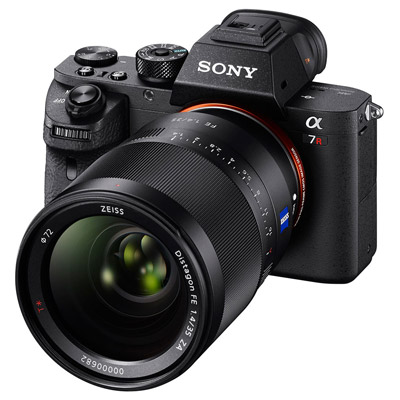 | Sony A7r II Pros: File quality, high iso hold, dynamic range, compactness and lightness, stabilization, viewfinder Cons: Improved ergonomics, poor autonomy Opinion: I don't think it's the extraordinary quality of the files coming out of this 42 mpx full frame sensor. The jpeg is already excellent, from the RAW come exceptional results, even from the compressed, stratospheric and beyond the common needs from the uncompressed RAW. I preferred it to the Sony A 7iii for the greater definition, the best sight and because it uses the same batteries as the A 6000, which I use as a 2nd body, which I stocked. If we add the 4k filming capabilities, the stabilization in the room and the price at which you can currently buy, I would say that it is difficult not to consider it a good purchase. And then, what do you want me to tell you, I seem to go out with an analog reflex of the 70s for size and weight, and this is absurd precisely because they have taken off the mirror and the pentaprism! sent on October 24, 2019 |
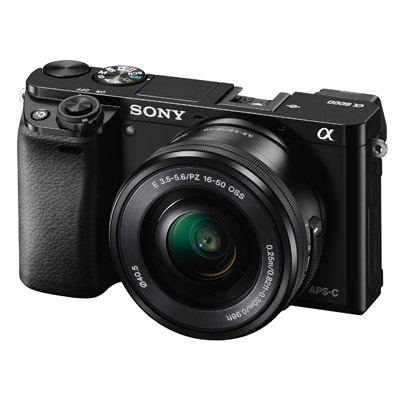 | Sony A6000 Pros: Compactness, lightness, image quality, value for money Cons: Noisy high iso files Opinion: I took it for the lightness and compactness, priceless to always go out with the car, to the limit in the pocket with the optics in kit 16-50, which will not be a champion of sharpness and quality, but that works in an acceptable and comfortable way even with movies. The price then, for a remarkable 24 mpx sensor and excellent quality, if you do not push it too much with iso, is in my opinion unsurpassed in its class. Currently I also use it as a second body paired with the Sony 7r ii, multiplies the focus of the goals for full frame and uses the same batteries, which I took in abundance. Even if the best performing models have come out, this in my opinion is still the most convenient, if you do not want to focus exclusively on the aps-c format and you want a light and versatile machine. sent on October 24, 2019 |
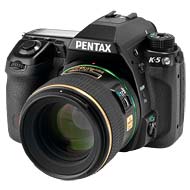 | Pentax K-5 Pros: Ergonomics, practicality of use, robustness, waterproofness, cleaning and tightness of high iso rows, in-room stabilisation Cons: Autofocus speeds compared to the competition, lack of autofocus in movies Opinion: It is a great machine and even today, 9 years after its release, a valid tool to obtain quality photos. In his day, he also gave points to more eplano-like models. Today the 16 mpx are considered a few, but for an aps-c there is already a lot of stuff, especially using the RAW, and cleaning the file up to 1600 iso does not make you regret major resolutions. I, like other commentators, come from decades of experience with Pentax, with the fabulous MX and LX, THIS LAST MITIC DIREI. I keep them jealously, with some optics that you can safely use on the K5. Although I have lately opted for the lightness and compactness of Sony A 7rii and A 6000, on which I also use PENTAX optics, when the uses become "hard" I have no doubt about the hold of the K5, a small "tank". sent on October 24, 2019 |
 JuzaPhoto contains affiliate links from Amazon and Ebay and JuzaPhoto earn a commission in case of purchase through affiliate links.
JuzaPhoto contains affiliate links from Amazon and Ebay and JuzaPhoto earn a commission in case of purchase through affiliate links.May Beauty Be Everywhere Around Me